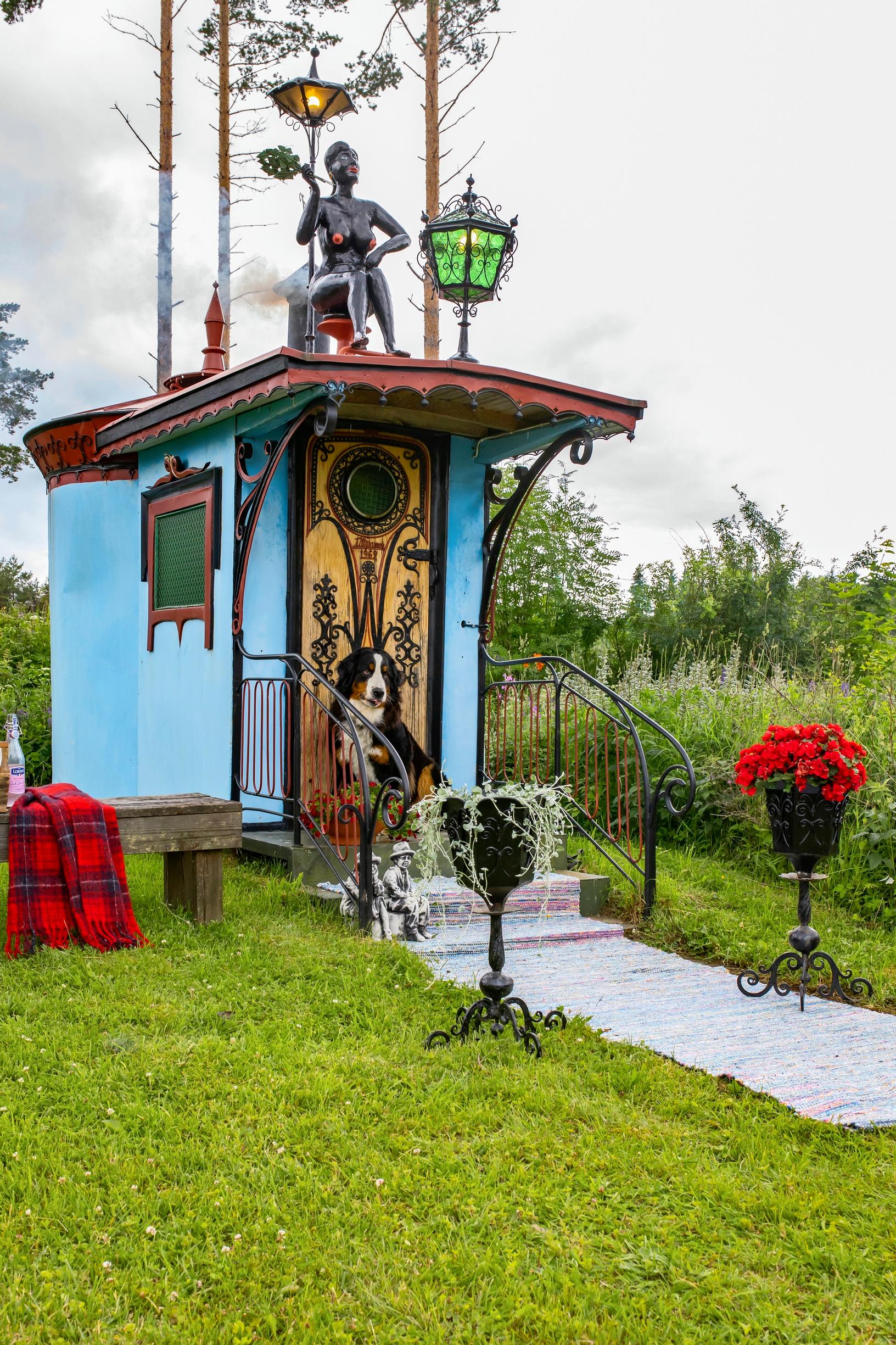
My goodness, it is indeed a sauna! This iron sauna is anything but ordinary
The Rantasalmi iron sauna is built from a large barrel and crowned by the beautiful lady forged in a blazing furnace, with her bench perched on the roof. The sauna is enjoyed by entrepreneurs Katja and Tero Tolvanen, alongside Sara Tolvanen and retirees Sinikka and Hannu Utriainen.
Many remarkable tales have begun in Paris, and the story of this iron sauna is no exception. Ilmari Utriainen left Rantasalmi, Finland, for the City of Love in 1966, to seek inspiration from French art for his work as a village blacksmith. The trip was a success. After returning, he created many pieces of art with his hammer and anvil, including this iron sauna, which saw its first bathers in 1969. The statue called Veera was placed on the roof to bask in the heat of the sauna in 1975.
“I’ll probably never forget how it felt to be one of the first to climb onto the sauna bench, next to my grandfather. The heat was gentle, with just the right level of moisture—exactly as it is today,” says Hannu, whose grandfather was the village blacksmith, Imppo.
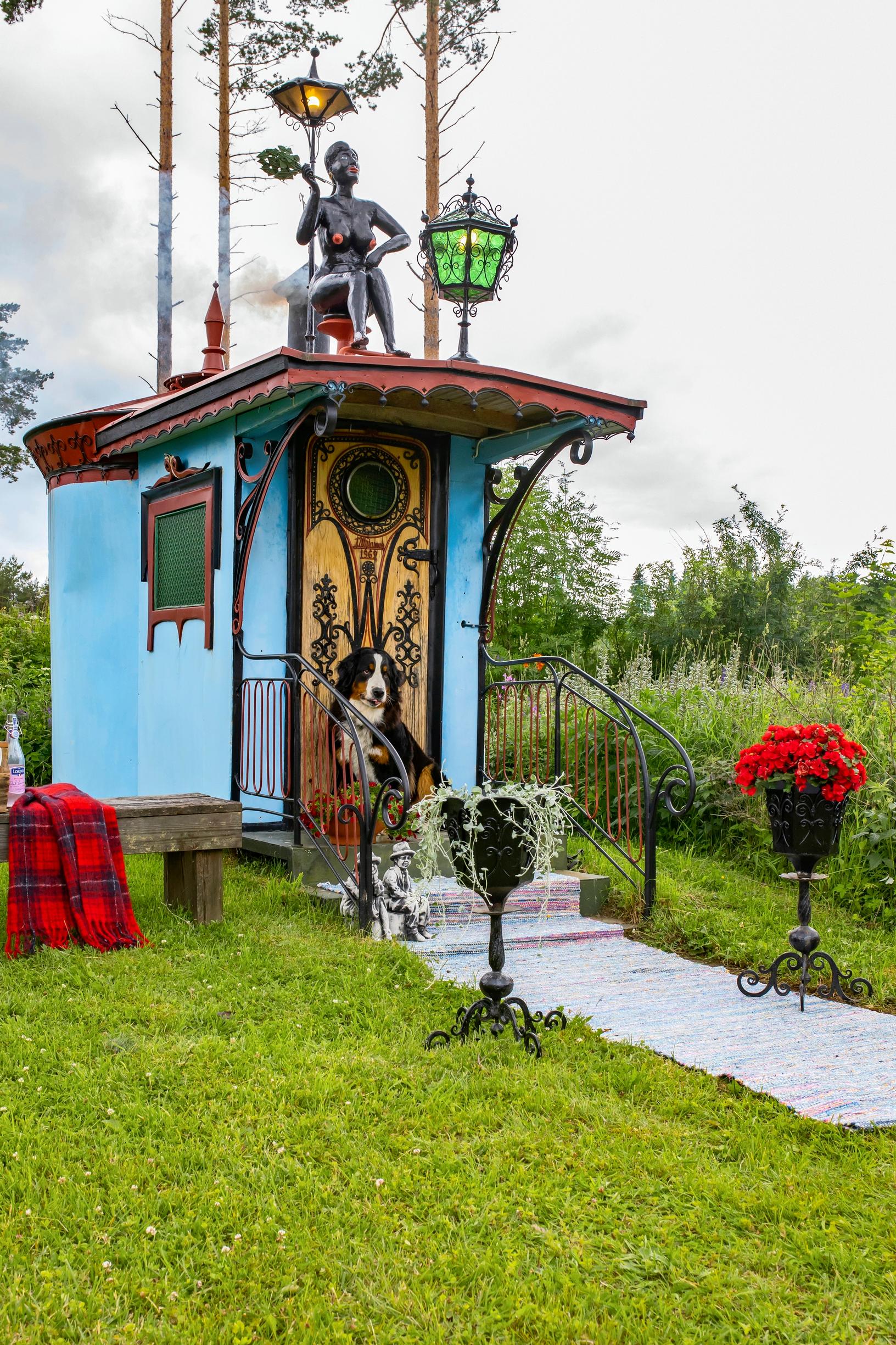
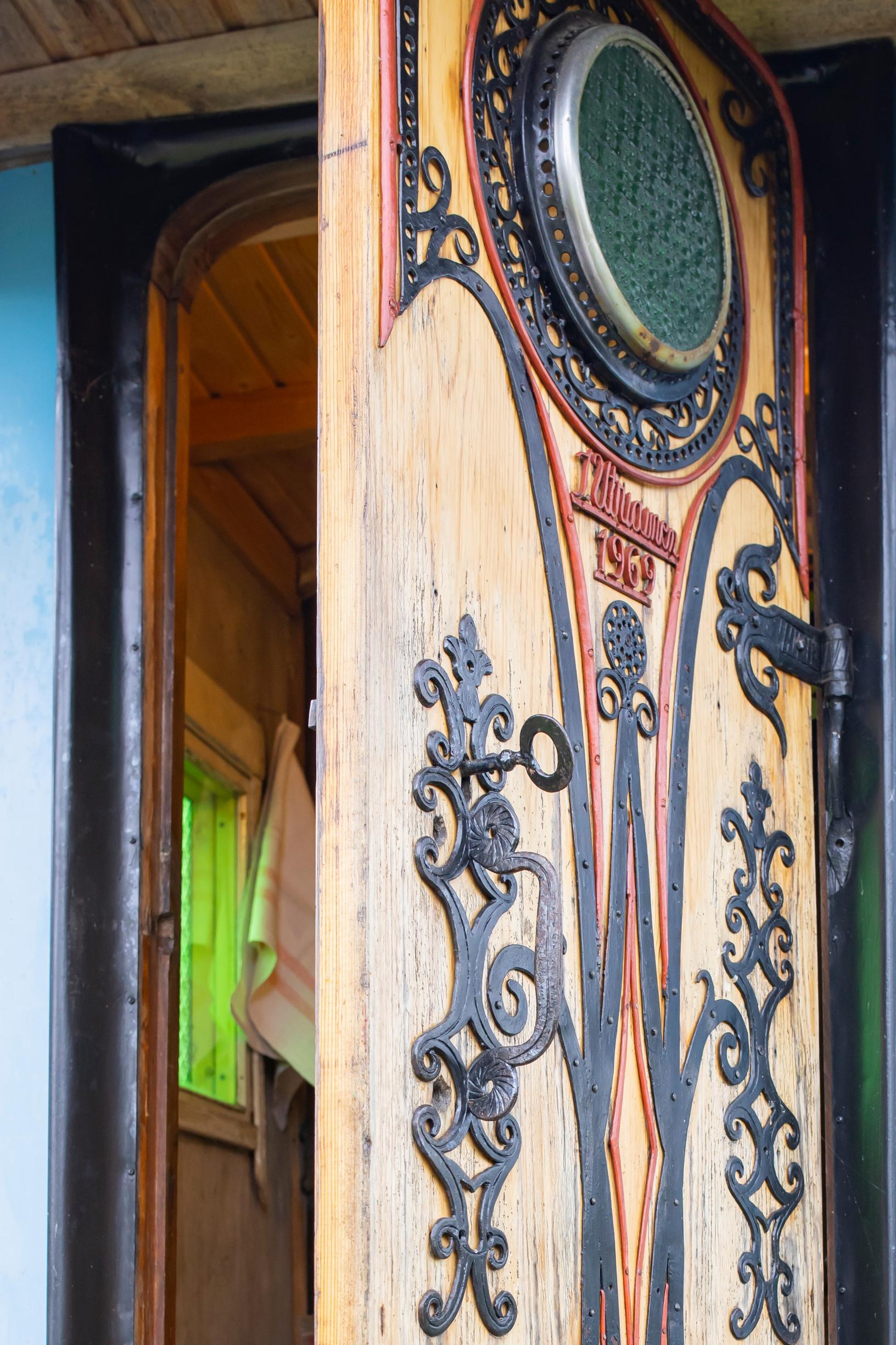
It’s said that a local villager served as the model for the woman on the roof.
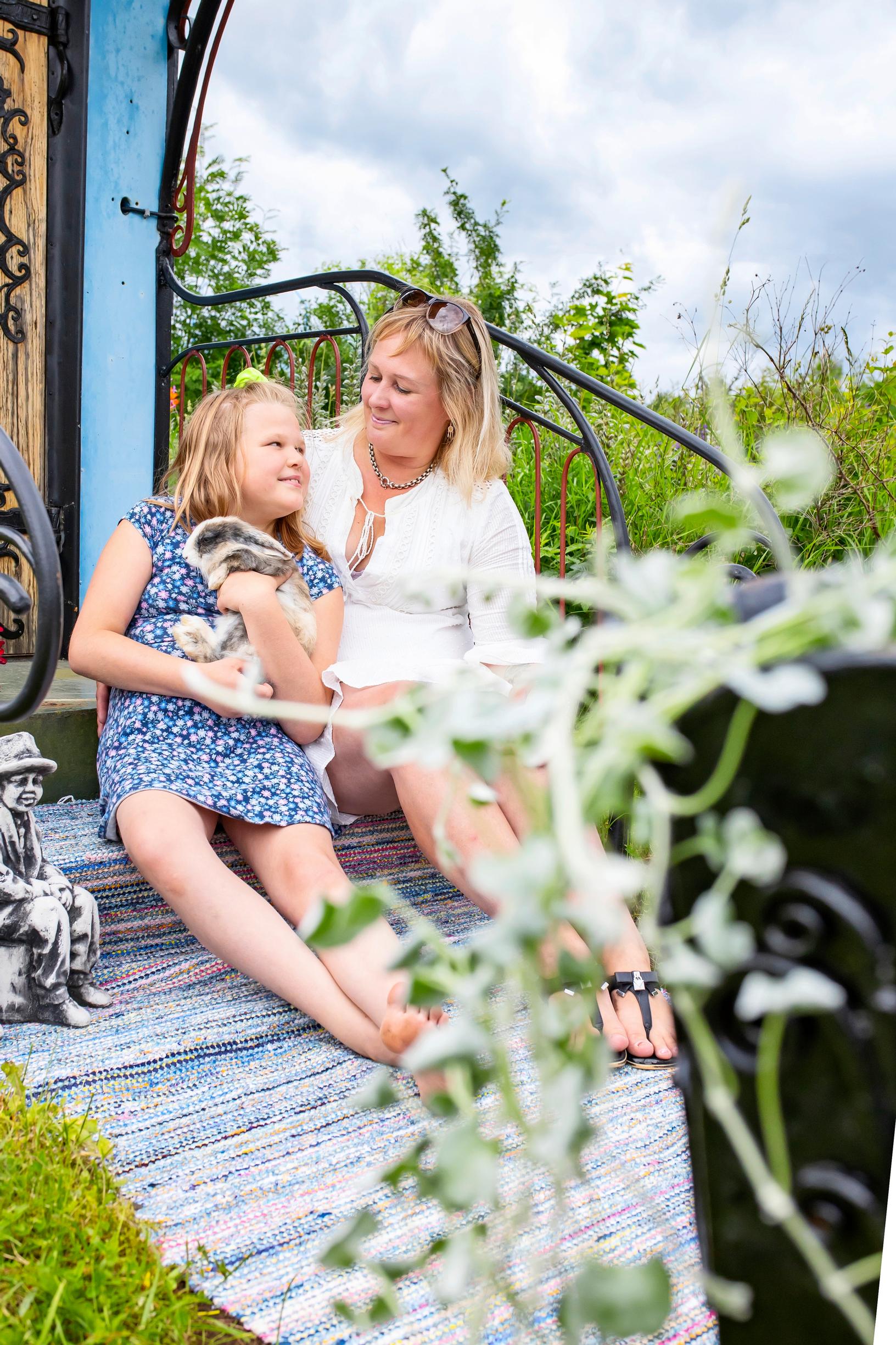
The smithy business began in the early 1900s. Sleighs, scythes, horseshoes, lanterns, and tables were fashioned from iron. No one ever doubted that iron could be turned into a sofa—or even a sauna. If a sculptor creates art from plaster, Imppo did the same with iron.
“The woman on the roof has quite a story. They say a local villager served as the model for her, as he believed in having a live model—just like true artists do. Although they did first try to find a model in magazines meant for such a purpose,” Sinikka says with a laugh.
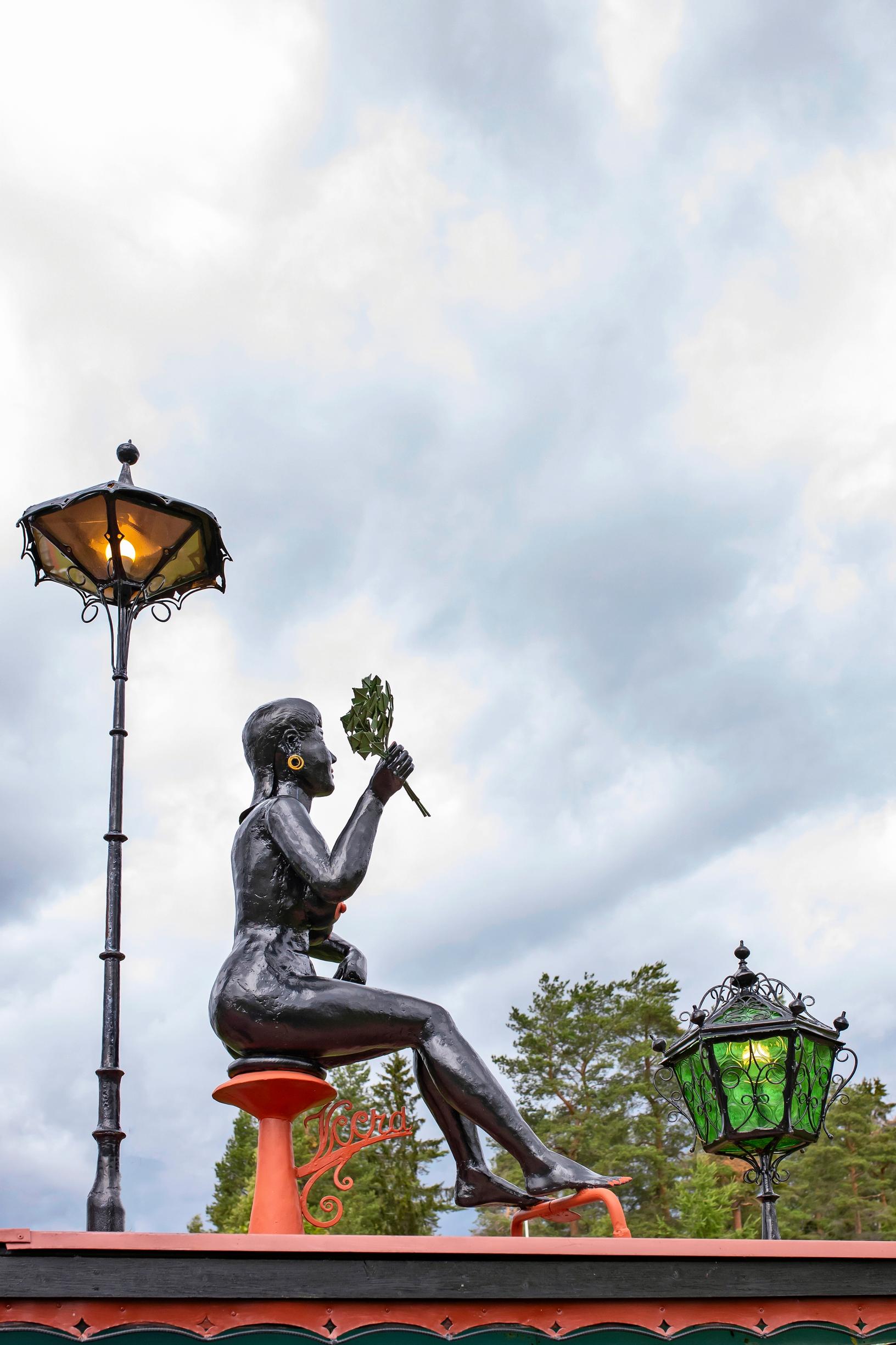
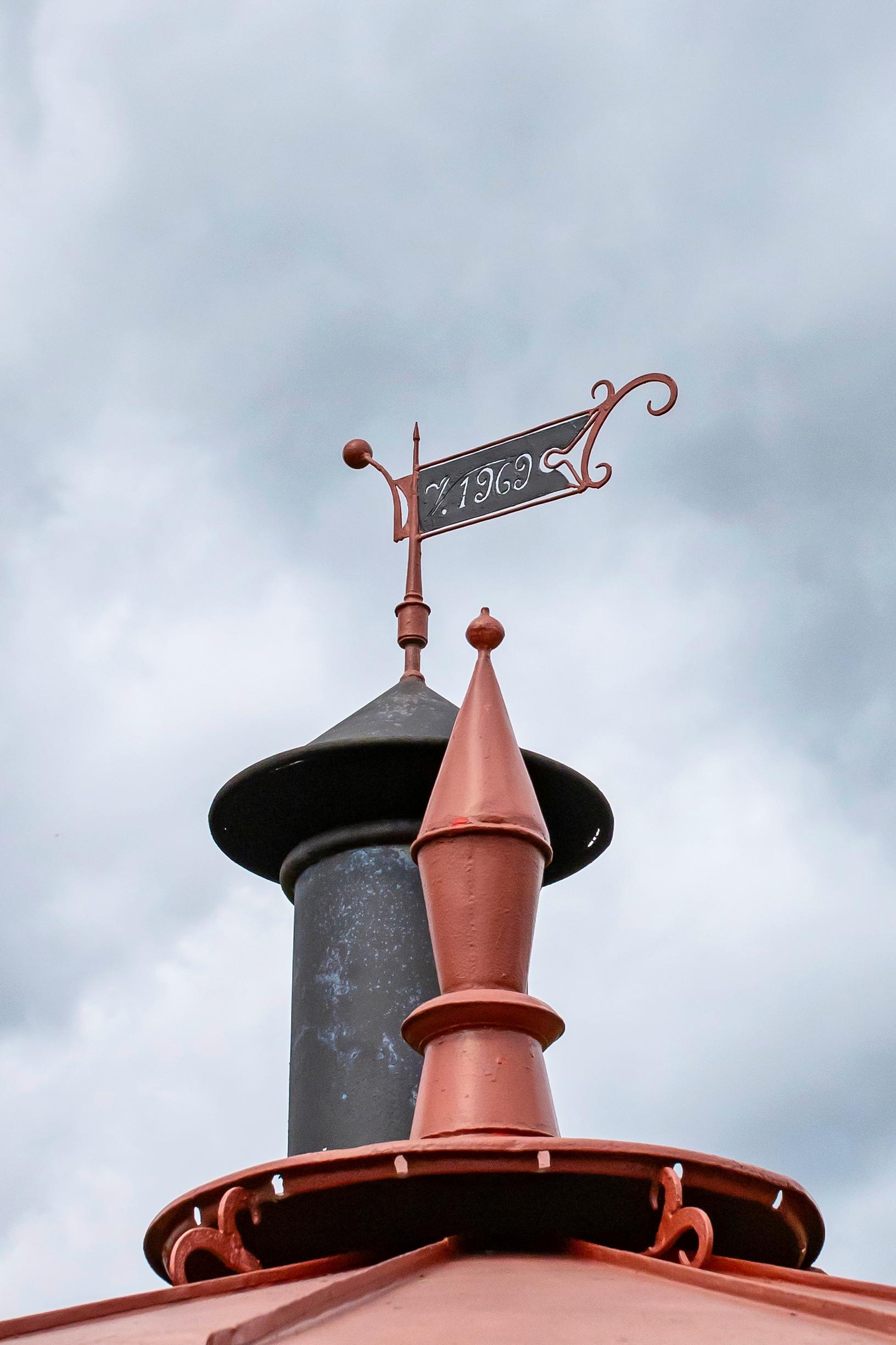
The old smithy once stood nearly on the exact spot where the sauna is now. In the smithy, the heat was in the forge; in the sauna, it’s in the stove. They say you could skip the scythe repair queue by bringing large cigars. Unfortunately, no such trick remains to skip the queue to be the first on the sauna benches.
“We had to move the iron sauna farther from the roadside using an excavator, because there was always some tourist or another stopping to marvel at it. The excavator lifted the sauna onto the well ring and set it in its current place,” Hannu says.
“Once, a man drove into the yard in his Mercedes, flashing a wad of cash. He wanted to buy the sauna, but there’s no amount of money that could ever persuade us to sell this piece of art,” Sinikka says.
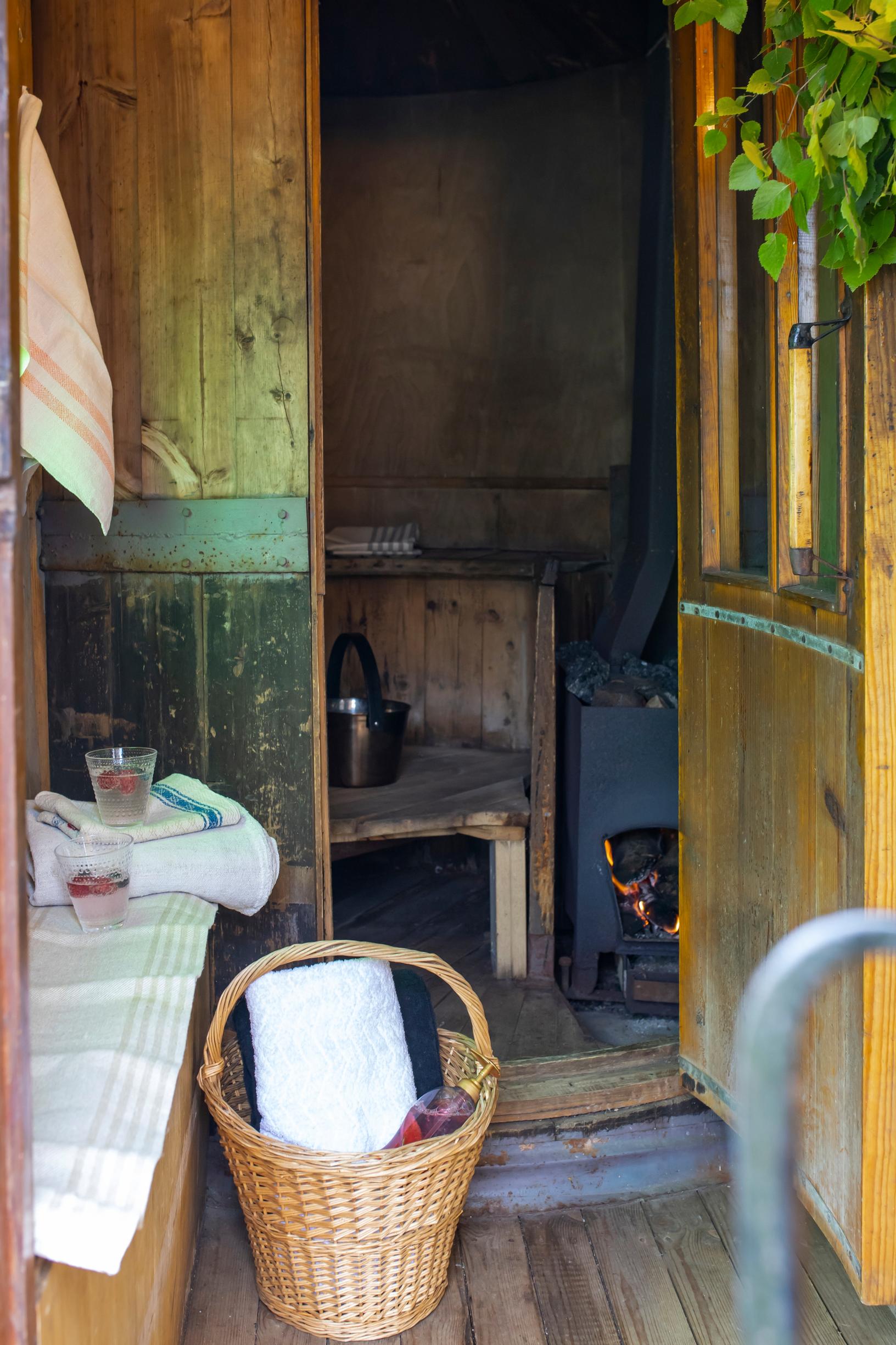
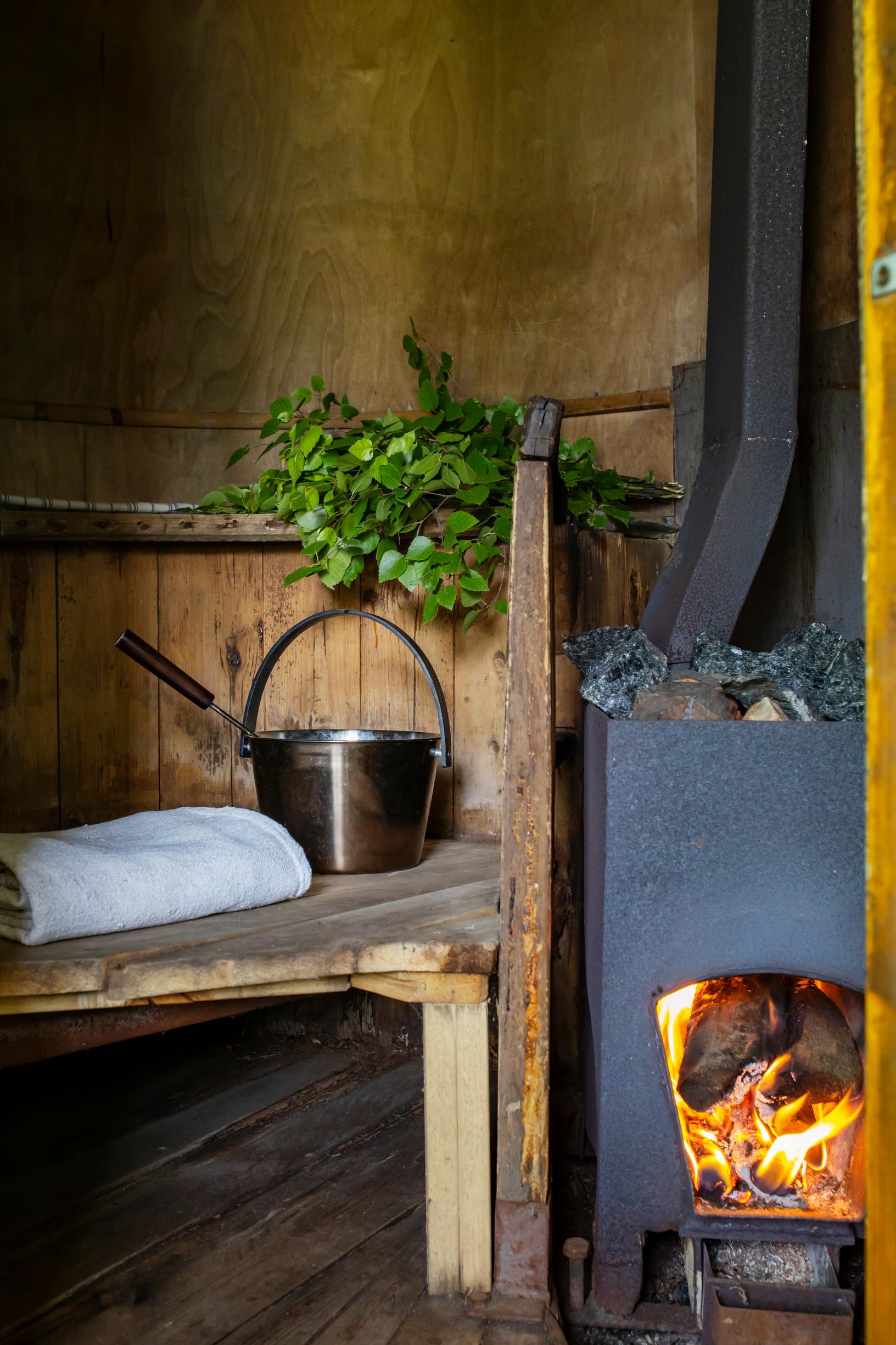
Smoke drifting from the sauna’s chimney curls into the darkening summer rain clouds. Hannu has started the fire in the sauna stove just a few minutes ago. A careful approach is needed when heating the sauna, because the barrel warms quickly, and you have to hop onto the benches soon after the first batch of wood.
“You need a humble attitude when heating up this sauna. Because of the barrel’s size, it requires some maneuvering down at the floor-level to light the fire,” Hannu says as he strikes a match.
The sauna had to be moved farther from the road because there were so many onlookers that it became a nuisance.
The sauna is heated with birch chopped into small logs that Hannu is skilled at preparing. The sauna has already been passed down from one generation to the next. Imppo built it for Hannu when he was 14, and now it belongs to Sara. She inherited it on the condition that she never sell it. The purpose of this iron sauna palace is to stay in the family, passed down through the generations.
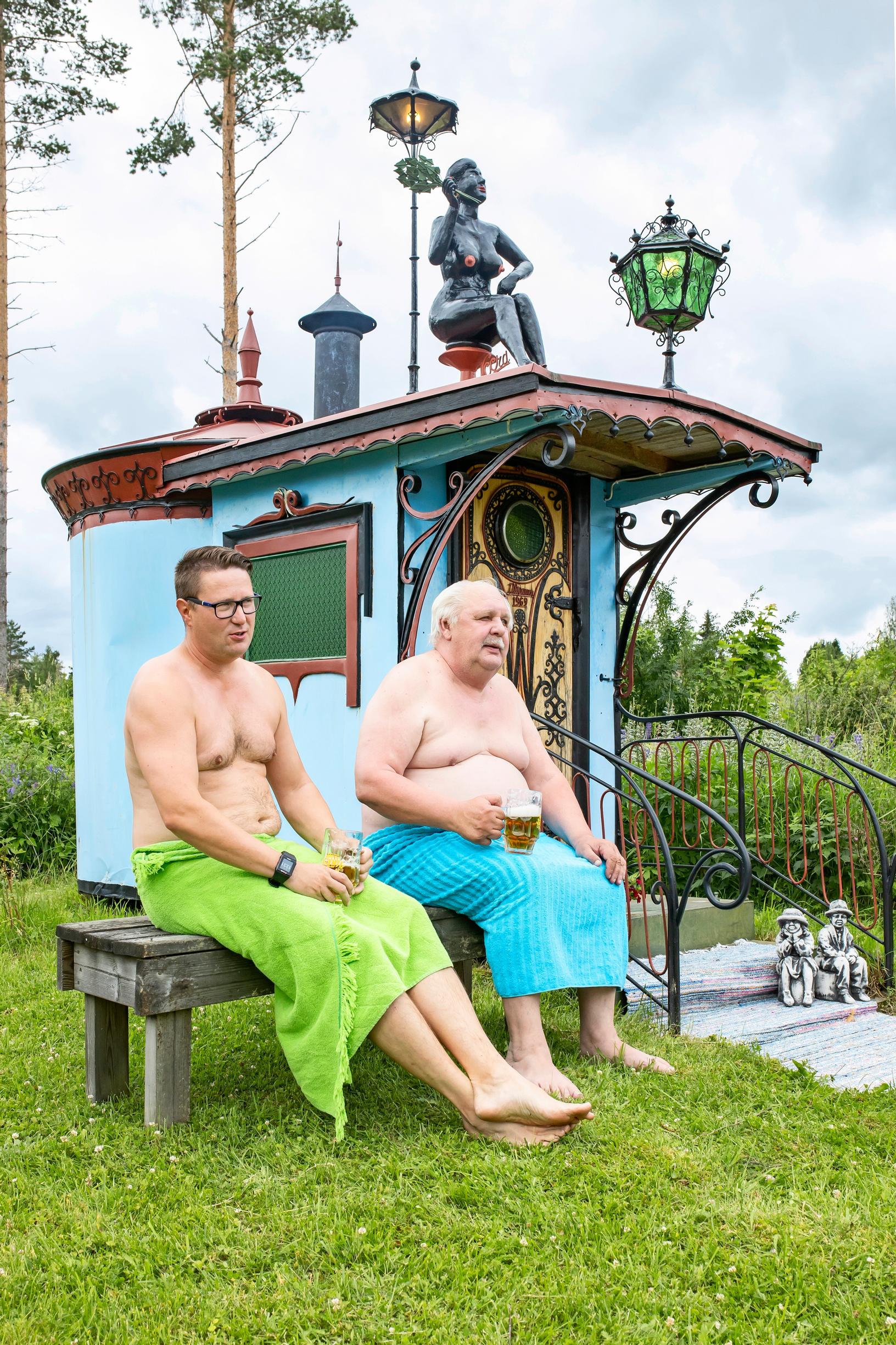
It was a motley group of bathers back in the day, and it still is today. A giant Bernese mountain dog makes its way onto the porch, and a moment later, a rabbit shows up, though neither tries to join the steam. The women are always the first to get the sauna for themselves. Because of the shape of the barrel and the limited room, the following group gets a much sharper heat. The sauna is at its best on cooler days—its iron walls radiate a chill that the stove’s warmth overrides.
“In the women’s sauna, we like to do relaxing facials and foot soaks. We leave the stronger heat and birch whisks, soaking in water, for the men,” Sinikka says.
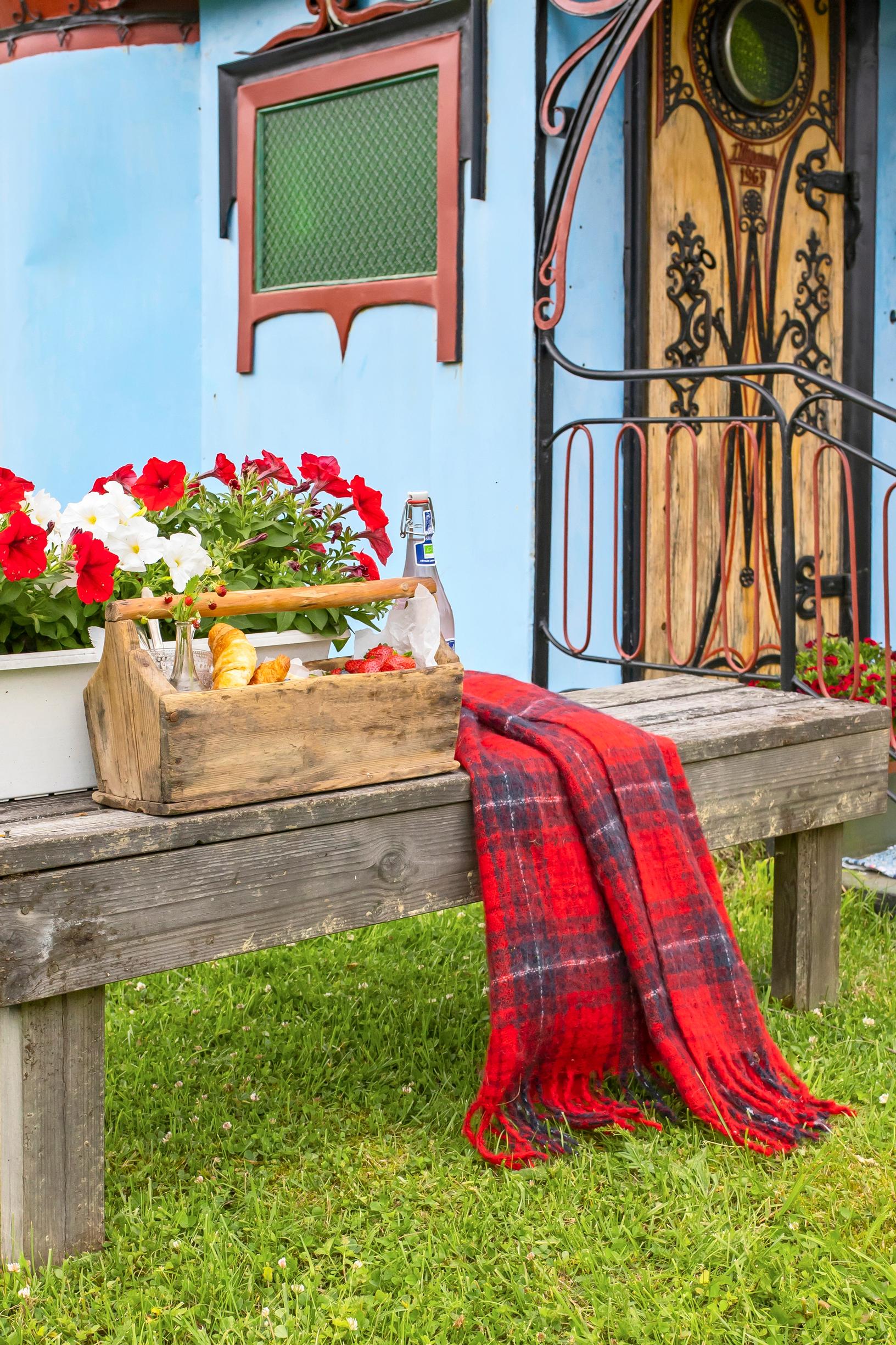
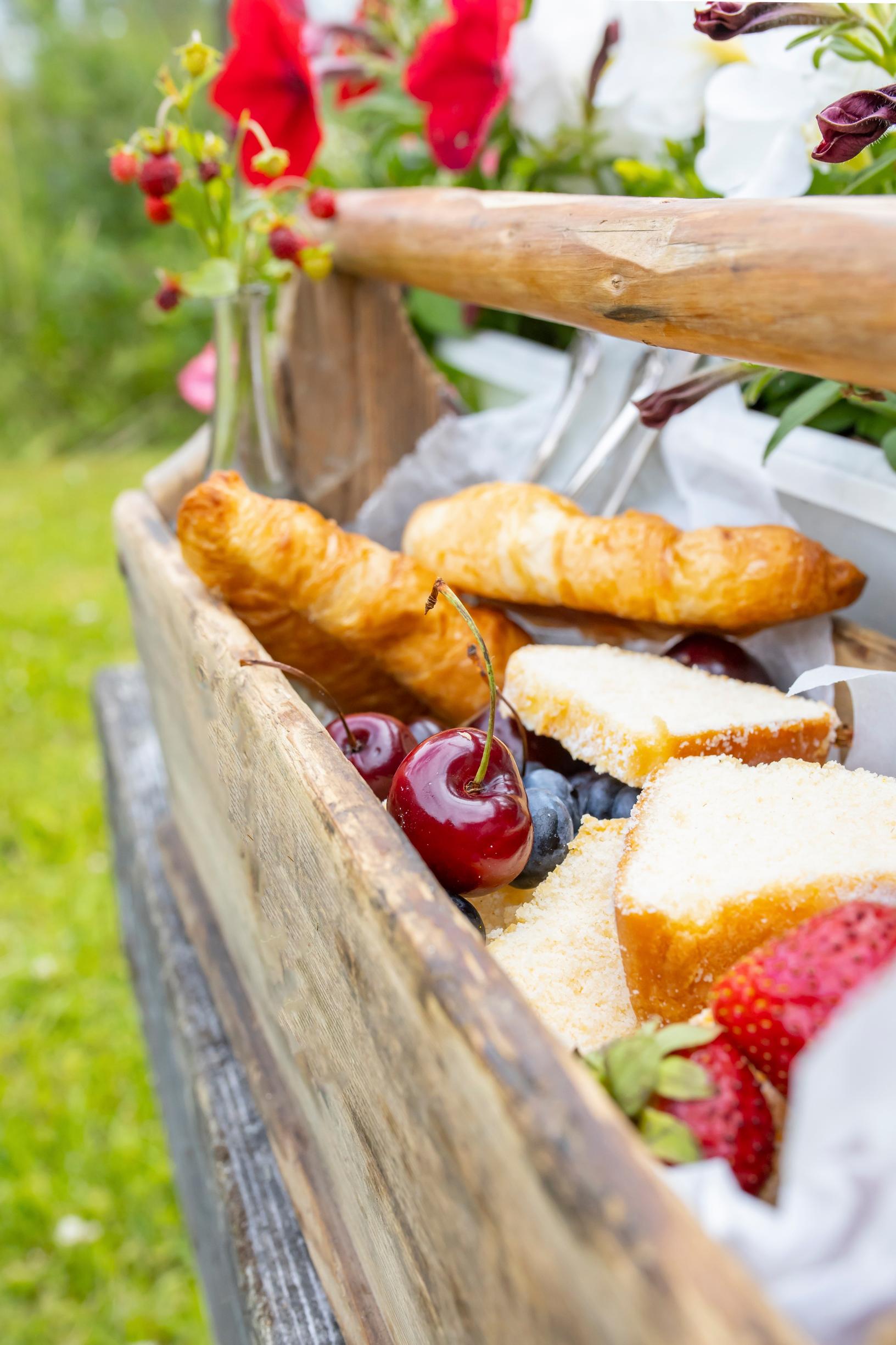
In the past, the men of the village would gather in the smithy’s yard. Even handcuffs were made in the forge for escape artist Timo Tuomivaara. It’s said the artist told they were the toughest challenge he’d faced. Stories like these are passed on to each new generation in the sauna’s warmth.
“The sauna’s base is a barrel once used in dairy production. When it was no longer needed for that purpose, it ended up here,” Hannu explains mid-story.
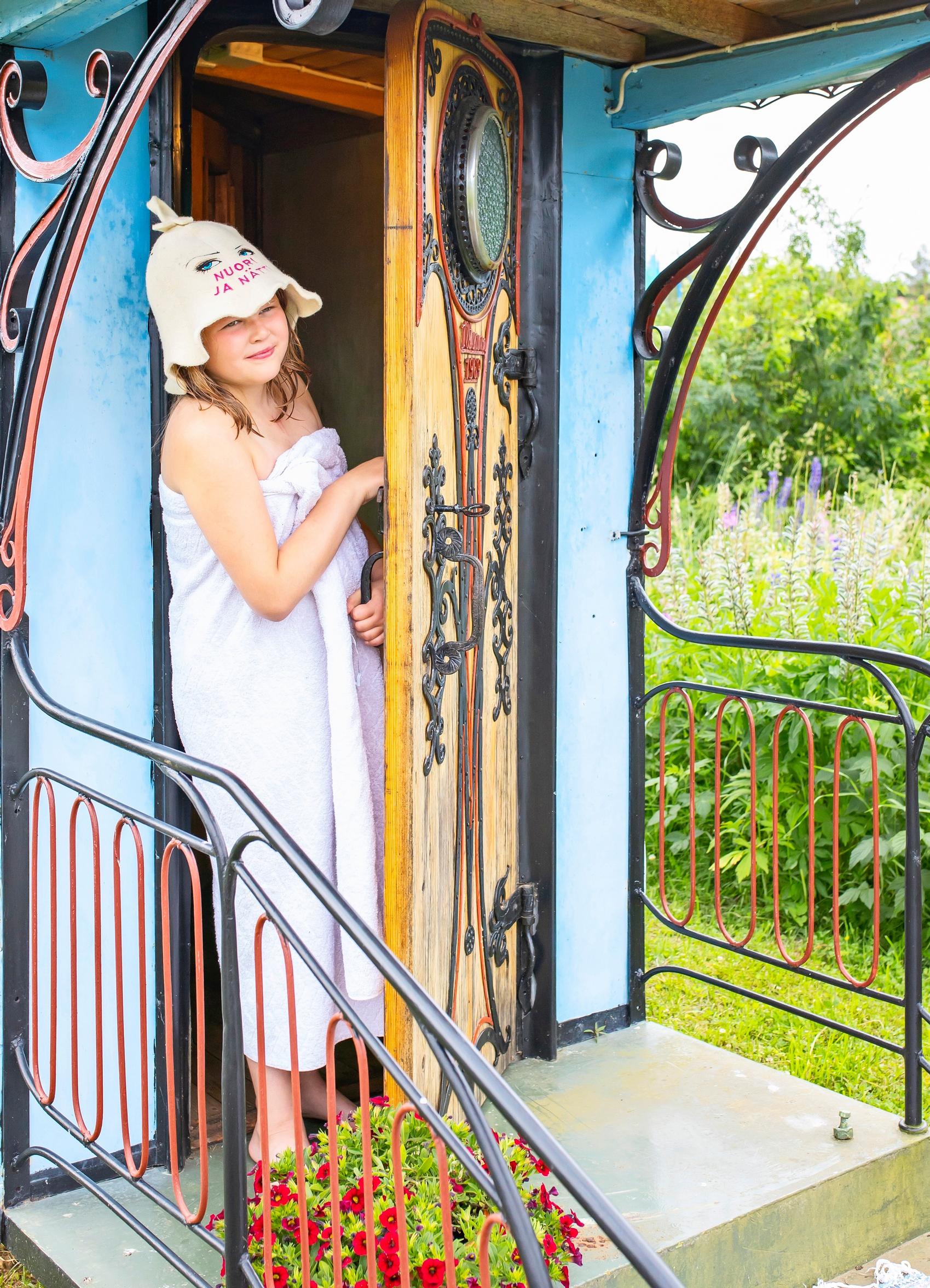
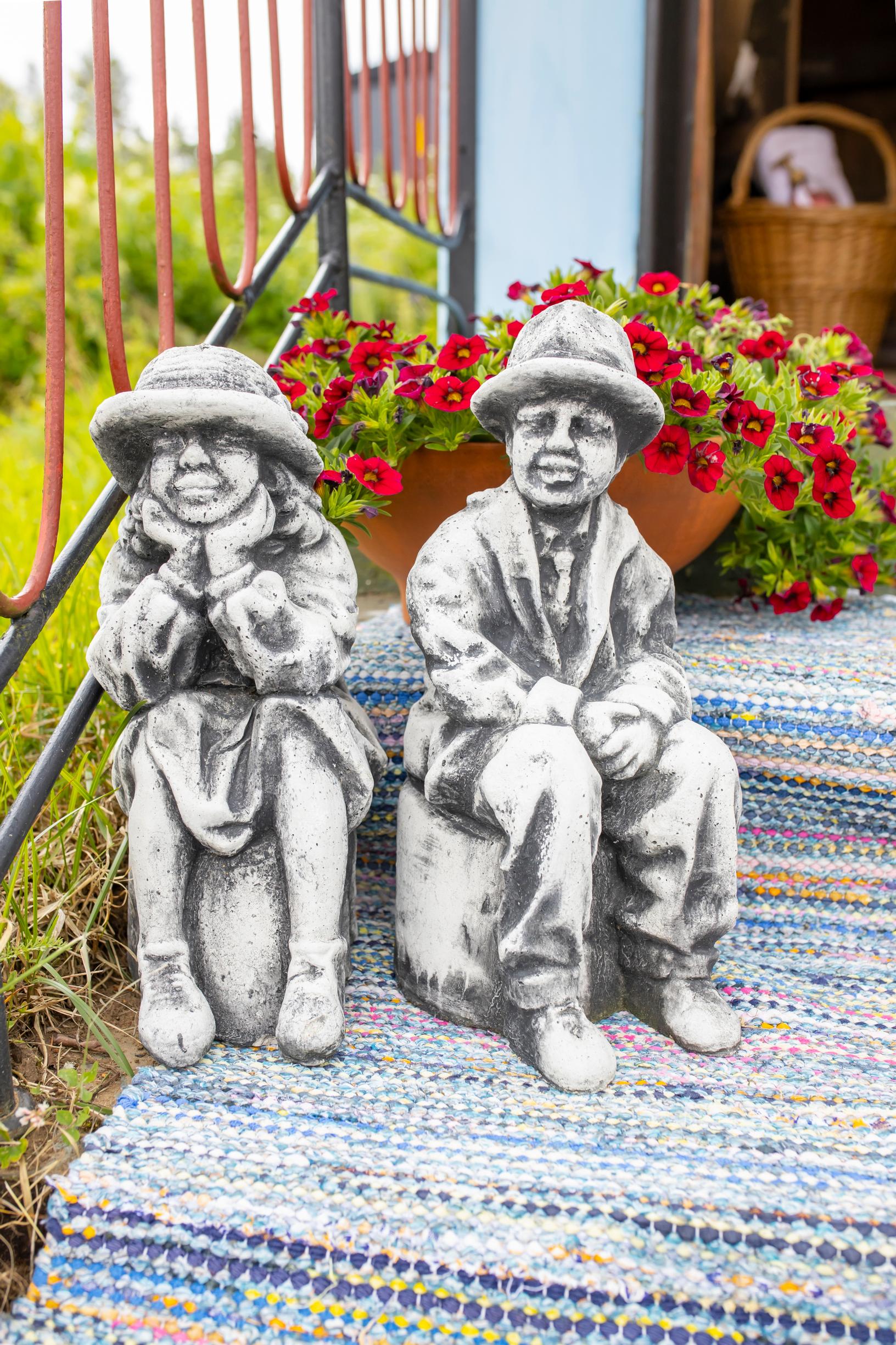
Everywhere you look, you can see my grandfather’s handiwork. Every decoration is forged from iron, not made in a factory.
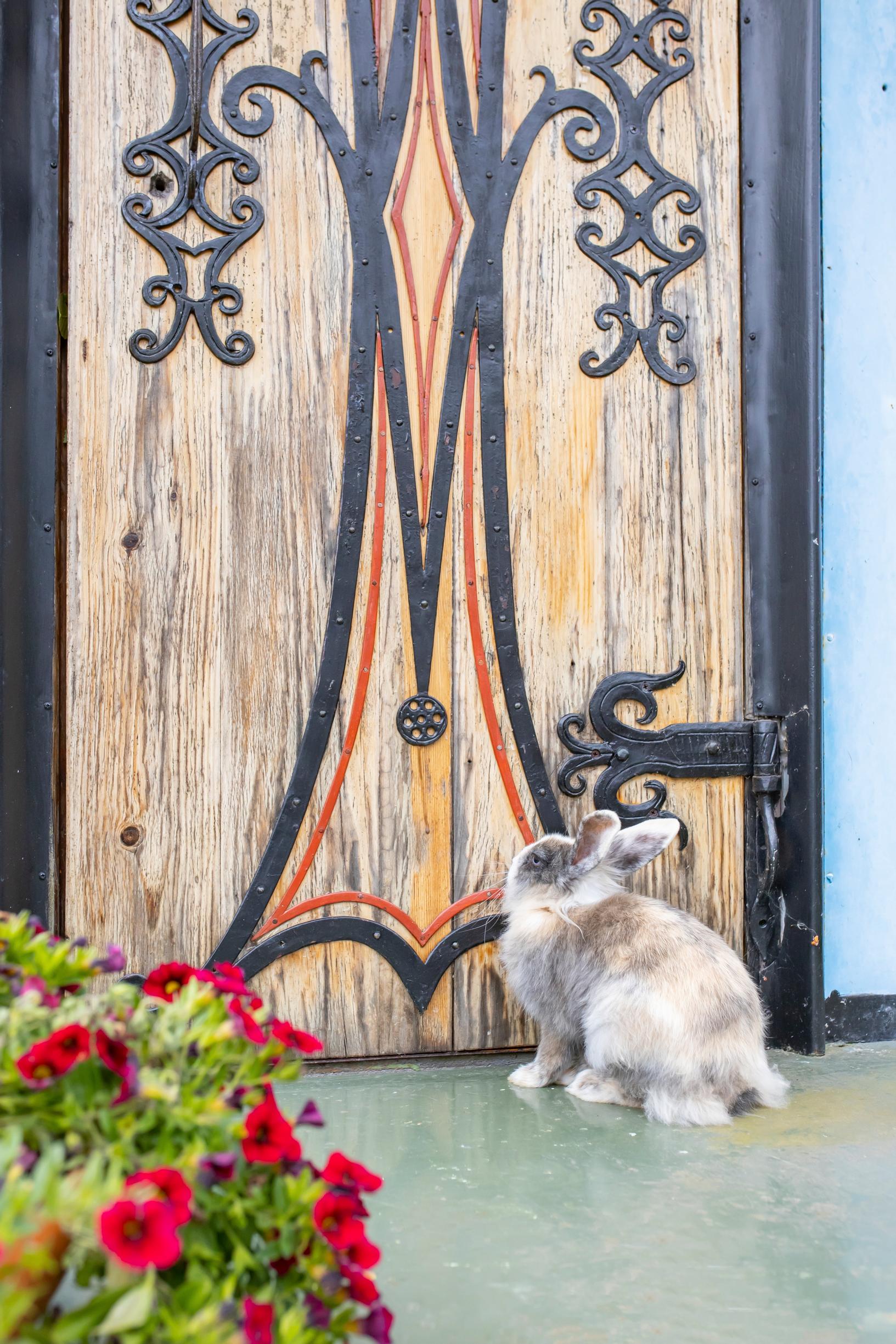
The round shape has posed some challenges. Imppo built the benches from aspen and juniper, heating them into a curved shape. They’ve become even better with use, aging gracefully with a subtle patina.
“Everywhere you look, you can see my grandfather’s handiwork. Every decoration is forged from iron, not made in a factory,” Hannu says, pointing to Veera enjoying the sauna on the roof.
There’s no better way to end a cool summer evening than with a family sauna. Everyone takes turns on the benches, since space is limited. Bathers step into the yard to cool off. Any sense of hurry has been left behind. A cold sauna drink, a freshly made birch whisk, and good company are the best thing there is.


